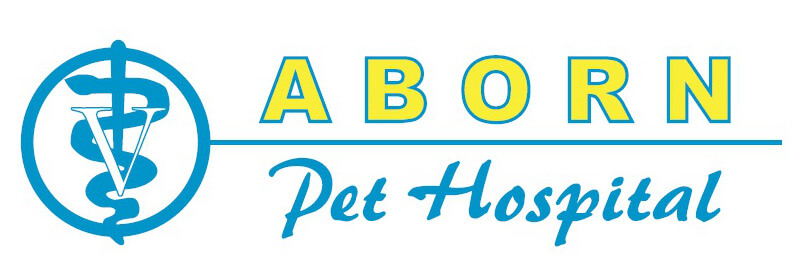Every pet owner will need a pet sitter at some point, whether they’re vacationing at a resort that isn’t pet-friendly or need to travel for work and can’t be distracted by their pet. In observance of Pet Sitter Safety Month throughout May, we’re diving into best practices for pet sitters to ensure they’re prepared and that the pets left in their care are safe. Much like babysitters, pet sitters are entrusted to provide excellent care and be ready for anything—especially emergencies.
Pet-Proof Your Home
Uncaged pets such as dogs and cats are naturally curious in new environments. They will explore every accessible room and could discover hazards along the way. This makes it necessary to pet-proof your home if the pet stays with you versus staying at the owner’s house.
Pet-proofing a home should include the following:
- Moving cleaning products, lawn chemicals, and other hazardous materials to a locked storage container
- Placing medications in a closed medicine cabinet or sealed container
- Hiding as many electrical cords as possible if you’re pet-sitting a dog that likes to chew
- Using a trash bin with a secure lid
- Installing child-proof latches on cabinet doors
- Blocking any small access areas where a cat may want to hide, such as behind a refrigerator
- Placing shoes and boots in closets

Familiarize Yourself with Toxic Foods & Plants
Many dogs love to beg when a human eats, and their infamous “puppy dog eyes” often make them hard to resist. However, sharing your breakfast, lunch, or dinner could do a dog far more harm than good. You could also be putting them at risk by letting them roam freely in your yard with several plants known to be toxic to dogs. Ensure you know which foods and plants are potentially harmful, and avoid a trip to the emergency veterinarian.
Foods that are toxic to dogs include:
- Protein bars & shakes
- Xylitol (sugar substitute)
- Garlic
- Onions
- Grapes
- Raisins
- Coffee beans
- Chocolate
Plants that are toxic to dogs include:
- Easter lily
- Tulips
- Mistletoe
- Holly
- Azalea
- Oleander
- Castor bean
- Sago palm
- Rhododendron
- Japanese yew
Recognize Signs of a Medical Emergency
Recognizing a pet in distress is a critical aspect of pet-sitting, especially if you haven’t owned pets and are unfamiliar with signs of sickness or injury. This is also important for those who have owned pets, as every pet is different and may react differently to sickness or injury than what you’ve experienced.
The following signs indicate a pet needs emergency medical attention:
- Difficulty breathing
- Significantly decreased or absent appetite
- Excessive drinking
- Abdominal swelling
- Persistent vomiting
- Persistent diarrhea
- Constipation lasting longer than three days
- Retching
- Obvious pain during urination
- Excessive salivation
- Traumatic injury
- Injury resulting in bleeding from any body part
- Loss of consciousness
- Lethargy or weakness
- Seizures
- Ingestion of household chemicals, human medications, or toxic foods
It’s common for a pet sitter to associate some of these signs with separation anxiety from their owner, such as decreased appetite. However, that’s typically the only physical sign of separation anxiety, and any symptoms beyond that are a genuine emergency.
The AVMA provides insight into additional animal emergencies that may require immediate medical attention.

Make Medical Payment Arrangements
Emergency medical care for pets can be expensive depending on the treatment needed, with extensive needs such as hospitalization or surgery costing thousands of dollars. Discuss a financial plan with the pet owner before departure, as most veterinary hospitals require payment upfront or at discharge. As a pet sitter, you don’t want to be in the unfortunate situation of insufficient funds to cover medical care. If the pet owner has pet insurance, ask for a copy so you’re able to communicate the coverage to the veterinary hospital. However, some pet insurances still require payment upfront and then provide reimbursement with a receipt from the veterinarian.
Payment methods for emergency veterinary care include:
- Cash or credit card
- Care Credit
- Scratch Pay
- Pet Health Savings Account
- Short-term loans
Know Your Emergency Veterinary Hospitals
In addition to having the ASPCA Animal Poison Control Center number handy at all times (888-426-4435), every pet sitter should have the phone number and location of the pet’s regular veterinarian. The closest emergency veterinary hospital should also be known in case the pet's veterinary office is closed. Add these numbers to your phone for quick access in an emergency. If an emergency occurs, call the pet’s regular veterinarian first. If they are not open or not available to see the pet, call the emergency hospital and let them know the pet’s symptoms and that you are on your way.
Contact us if you are a pet owner preparing to leave your cherished pet with a pet sitter and have questions about adequately preparing.

